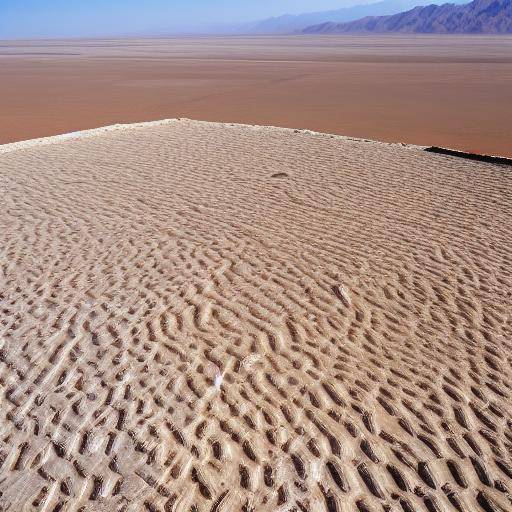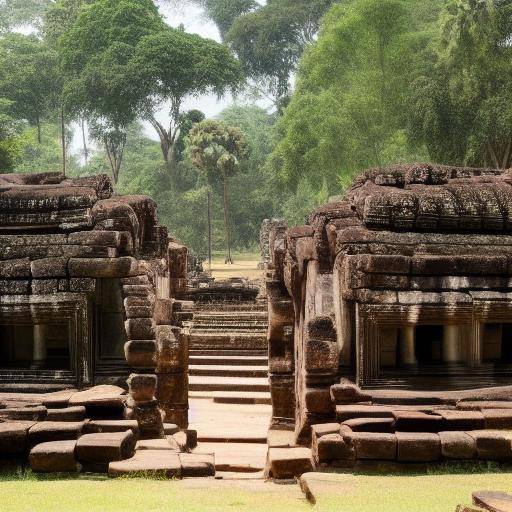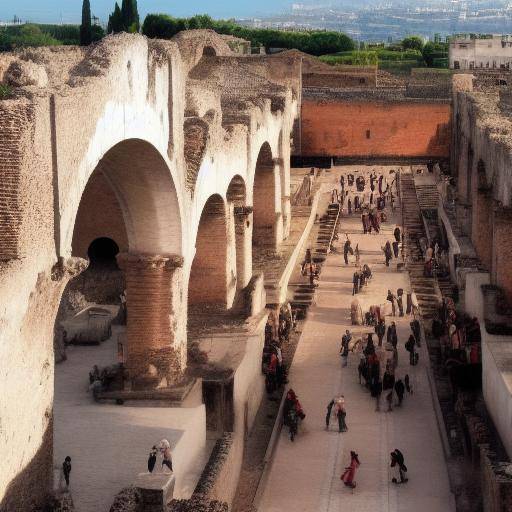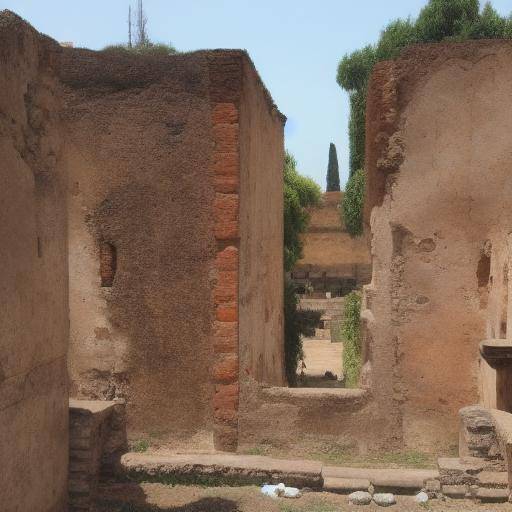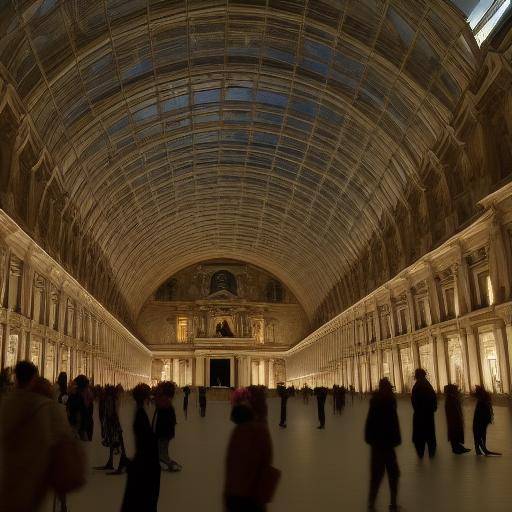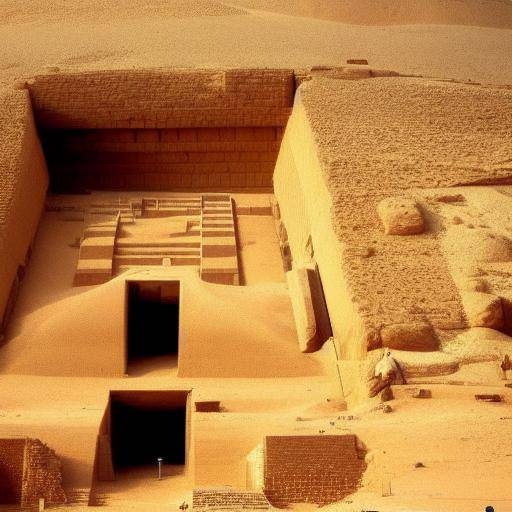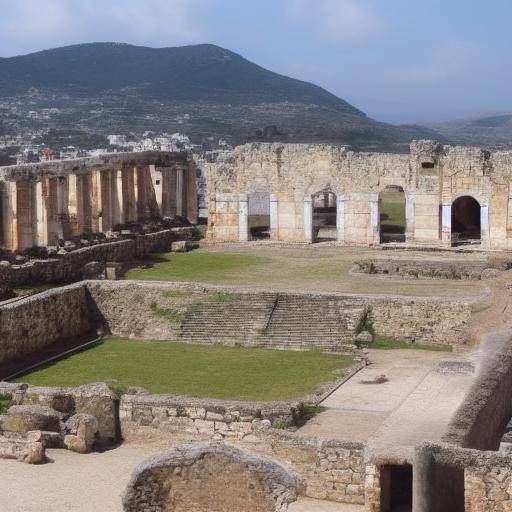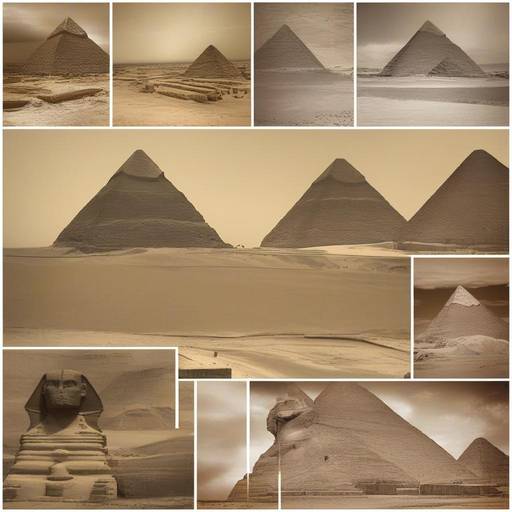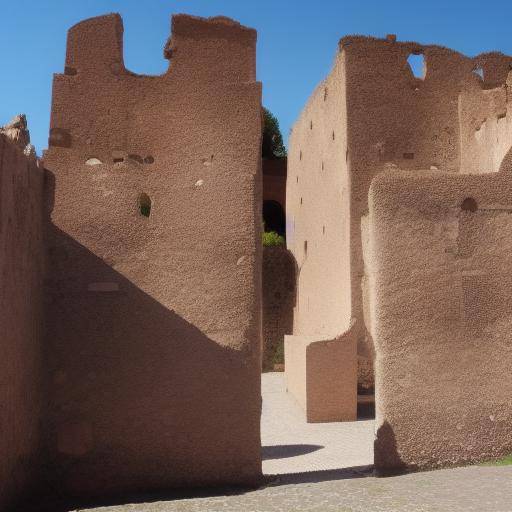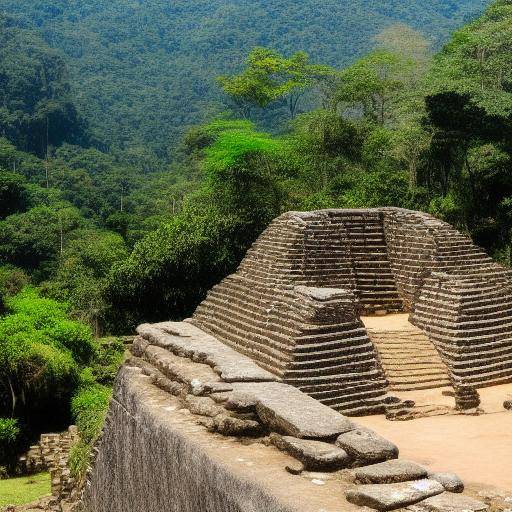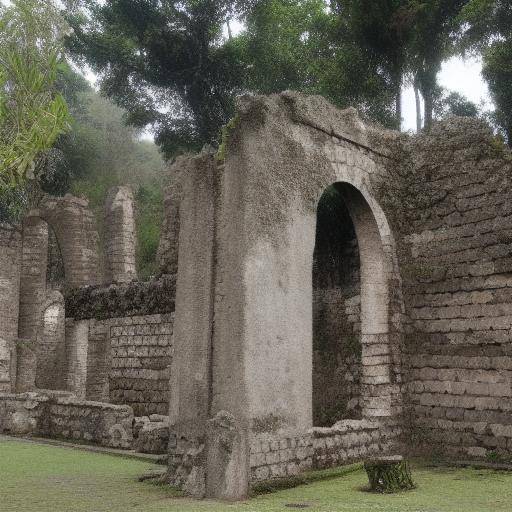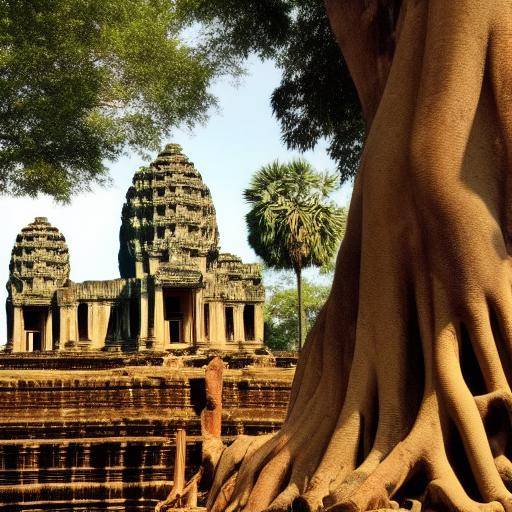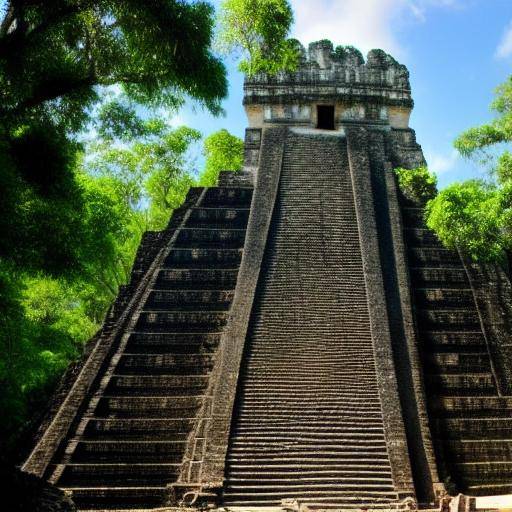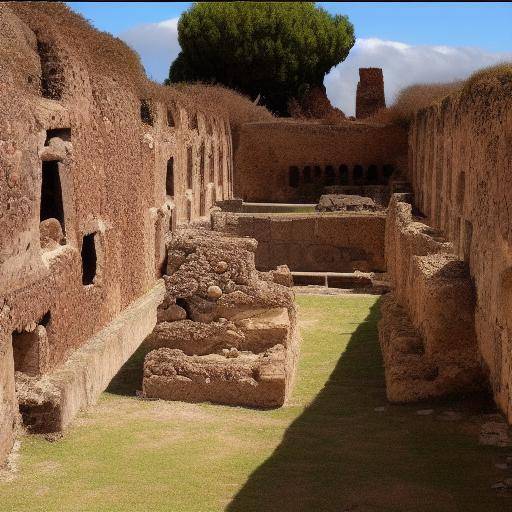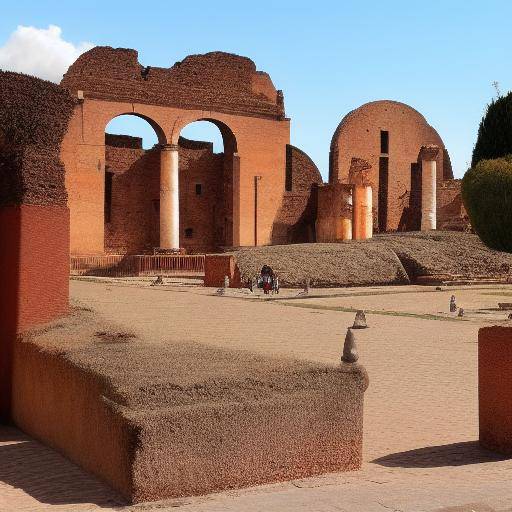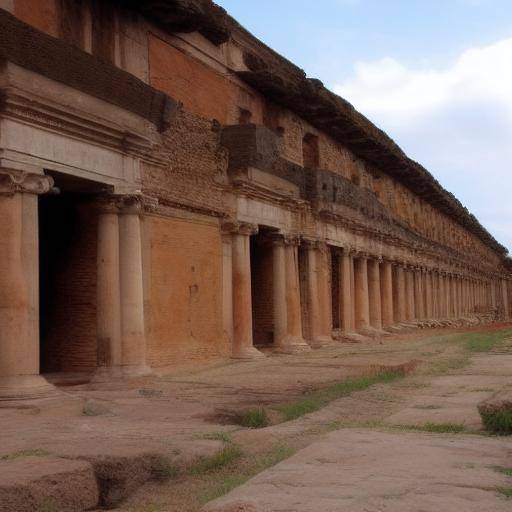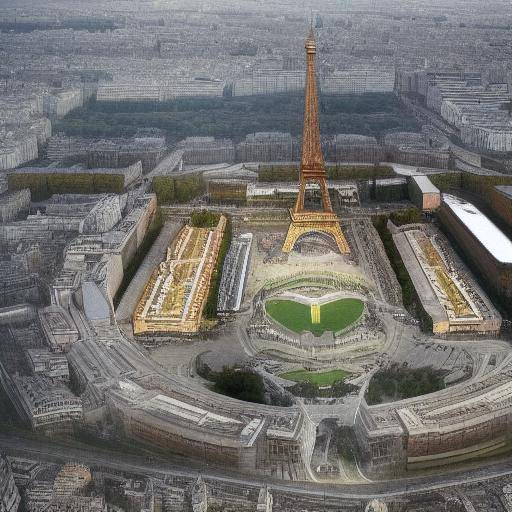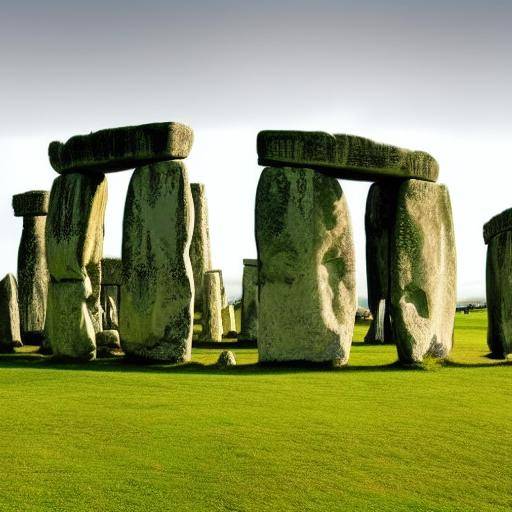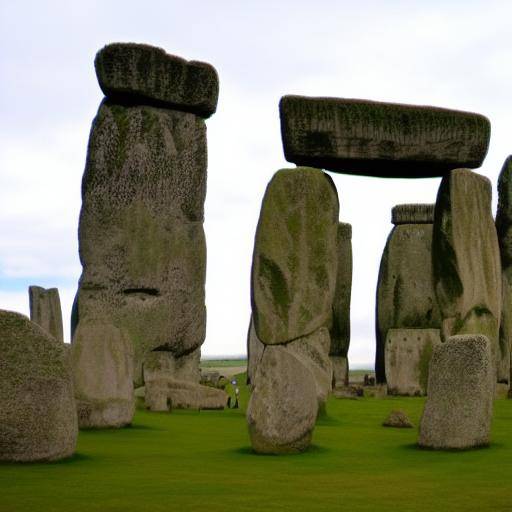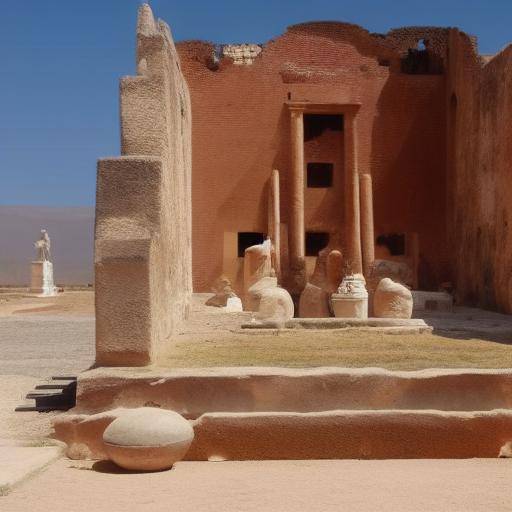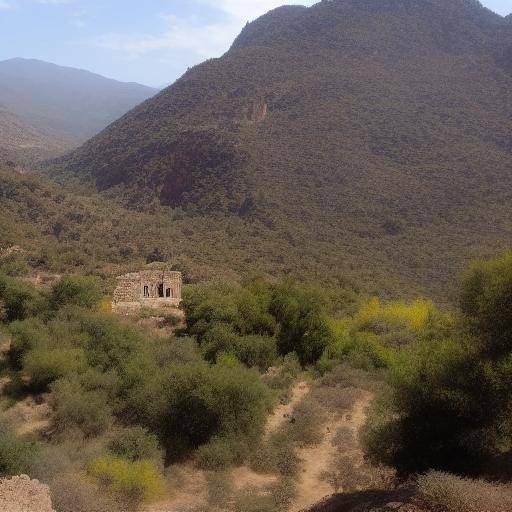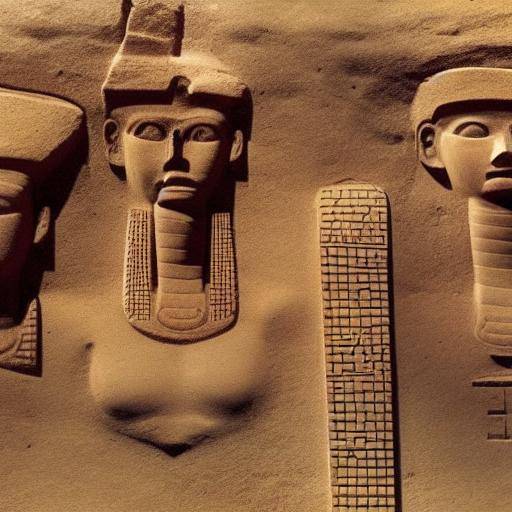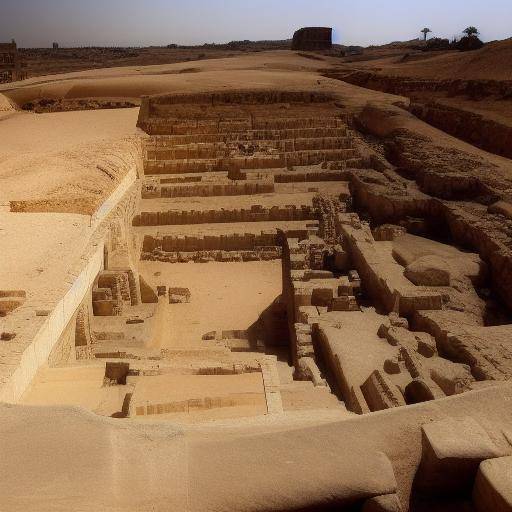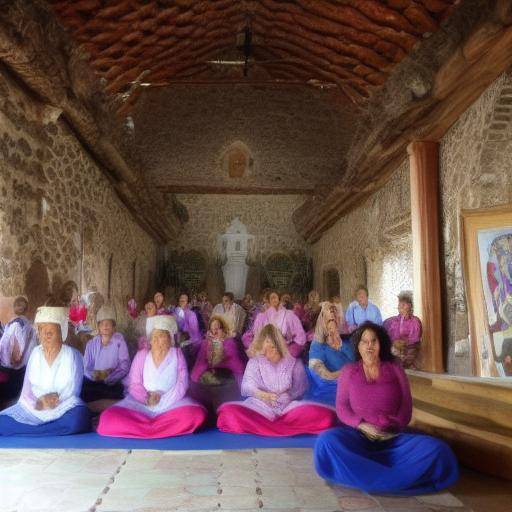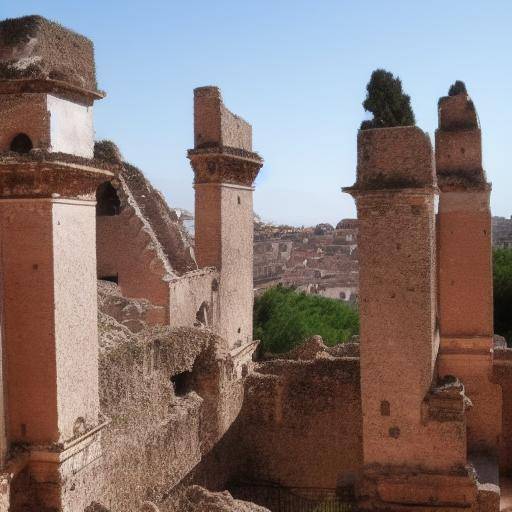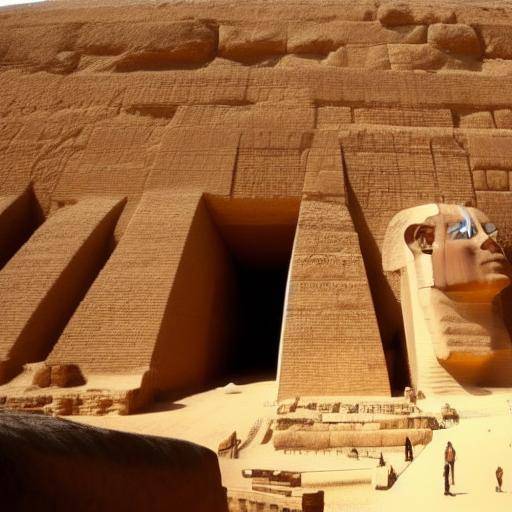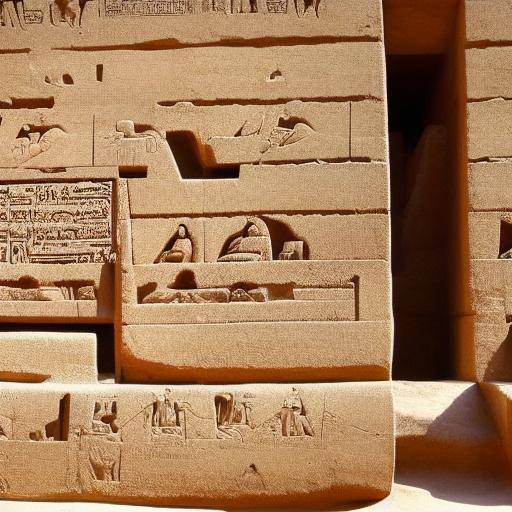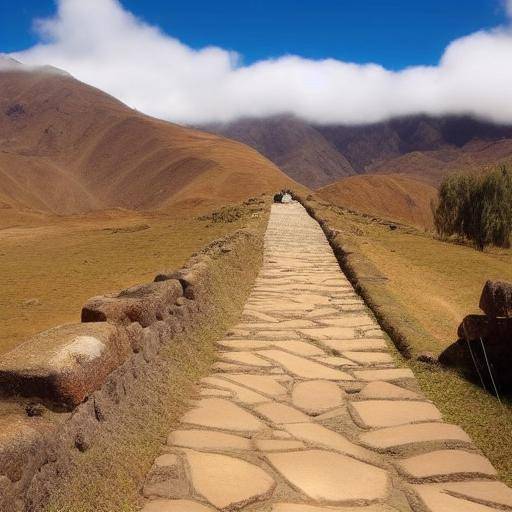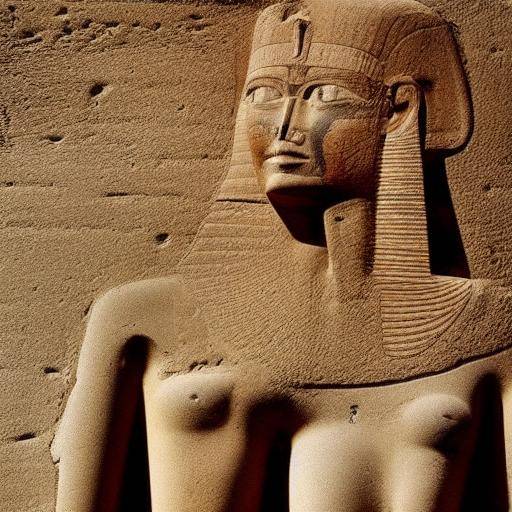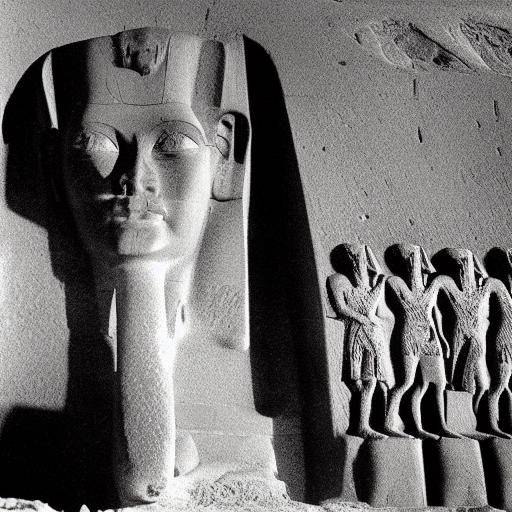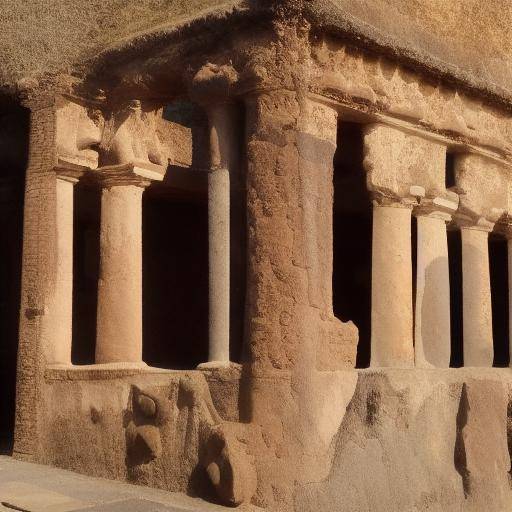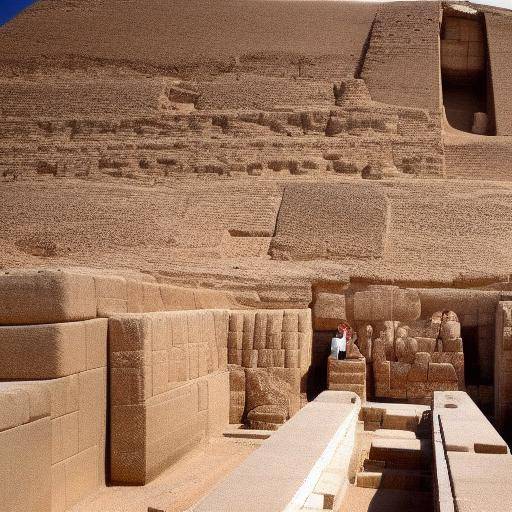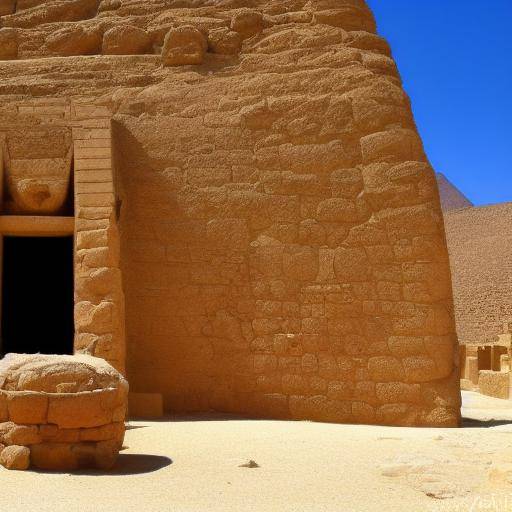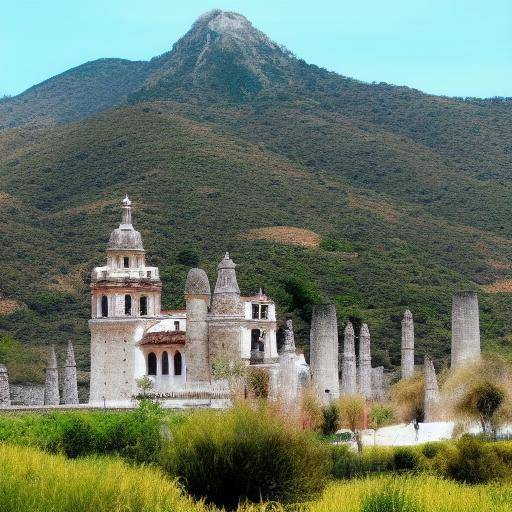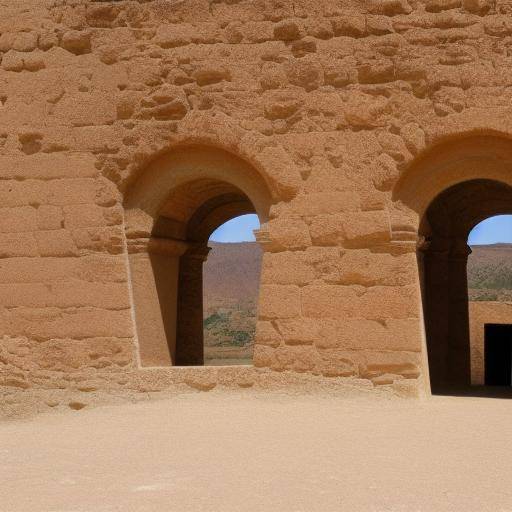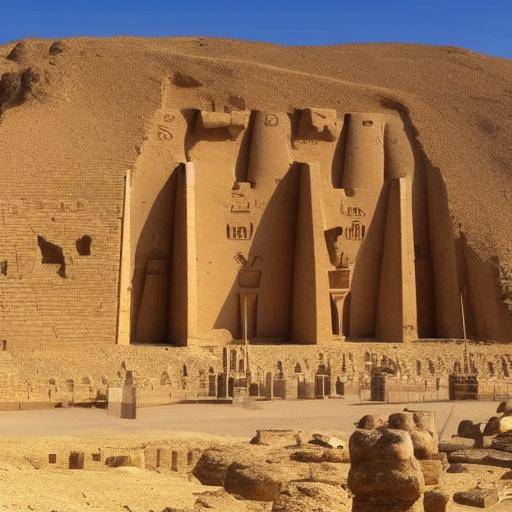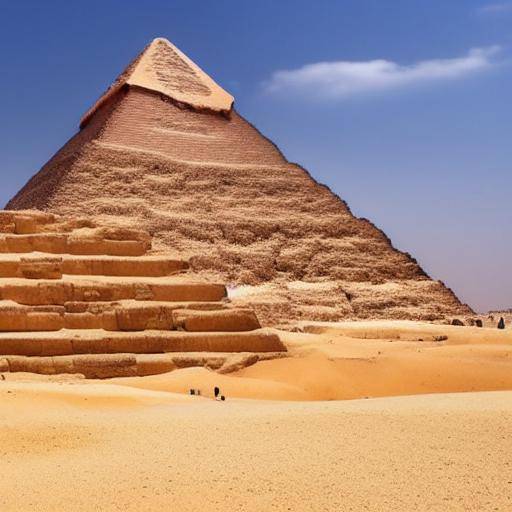
The Pyramids of Giza in Egypt are impressive monuments that have fascinated mankind for centuries. His majesty and enigma have attracted visitors from all over the world. In this guide, we will thoroughly explore the Pyramids of Giza, its history, archaeology, and everything you need to know to enjoy your visit.
Introduction
The Pyramids of Giza, located on the outskirts of Cairo, are the only wonder of the ancient world that still lasts today, making them an indispensable tourist destination for any lover of history and archaeology. From its mysterious construction to its cultural significance, this site contains secrets and curiosities worth discovering.
History and Background
The Pyramids of Giza, built approximately in 2580-2560 B.C., during the IV Dynasty of Egypt, by the Pharaons Keops, Kefrén and Micerino, represent the pinnacle of ancient Egyptian architecture. These monumental structures not only reflect the power and ingenuity of ancient Egypt, but also raise questions about how their constructions were carried out.
During their construction, these pyramids were the centre of religious and funeral ceremonies, and they hosted treasures and offerings to help the Pharaohs on their journey to the beyond. Despite the theories formulated by experts over time, the exact process of building pyramids remains a mystery that has puzzled historians and archaeologists.
Analysis in Deep
The archeology of the Pyramids of Giza has been an inexhaustible source of information about ancient Egyptian civilization. Numerous findings, such as hieroglyphic inscriptions, the graves of real officials, and funeral temples, have provided valuable knowledge about the society, religion and technology of that time.
This archaeological site has been crucial to understanding the life and beliefs of ancient Egyptians, as well as to open new perspectives on the development of architecture and engineering in ancient times. The ongoing archaeological research in the Pyramids of Giza has led to a greater understanding of the ancient world and has revealed surprising aspects of Egyptian culture.
Comprehensive review
In considering the historical and cultural importance of the Pyramids of Giza, it is essential to understand the need to preserve this heritage for future generations. While increased tourism can bring economic benefits, it also poses challenges in terms of conservation and sustainable management. The protection of pyramids and their environment is crucial to ensuring their integrity and authenticity over time.
Comparative analysis
Comparatively, the Pyramids of Giza stand out as a supreme example of funeral architecture, distinguished from other similar monuments in Egypt and the world. At every step, these majestic structures awaken an unparalleled astonishment, challenging visitors to decipher their puzzles and marvel at the grandeur of ancient Egypt.
Practical Tips and Accessible Tips
To fully enjoy your visit to the Pyramids of Giza, it is advisable to hire a local guide that can provide a contextualized and enriching vision. In addition, carrying sunscreen, water and comfortable footwear is crucial to confront the heat and sand of the desert. Do not forget your camera to capture unforgettable moments.
Industry Perspectives and Expert Reviews
The experts in art, history and archaeology agree that the Pyramids of Giza are an invaluable treasure that must be preserved and carefully studied. Their views and analysis have contributed significantly to our understanding of this unique archaeological site, and have inspired continued efforts to preserve their legacy for future generations.
Case Studies and Real Life Applications
Detailed studies have been carried out on building techniques and religious beliefs associated with pyramids, providing a profound view of ancient civilization. These studies have been fundamental to decipher the mysteries surrounding the pyramids and have shed light on the creativity and technical skills of the ancient Egyptian architects.
Future Trends and Predictions
With continuous technological advances in the field of archaeology and heritage conservation, new tools and methodologies are expected to emerge to study and preserve the Pyramids of Giza. Using virtual reality, remote sensing and other emerging technologies can provide new ways to explore and understand this ancient site.
Conclusion
The Pyramids of Giza remain a captivating enigma that has attracted explorers, archaeologists and tourists for centuries. Its magnificent presence and cultural significance endure as a testimony of the creativity and skill of ancient civilization. When visiting the Pyramids of Giza, travelers have the opportunity to immerse themselves in the fascinating history of Egypt and marvel at one of the most imposing architectural achievements of ancient times.
Frequently asked questions
1. What are the three main pyramids in Giza?
The three main pyramids in Giza are those of Keops, Kefrén and Micerinos, built by the homonym pharaohs.
2. How were the pyramids built?
Although the precise method of construction still awakens debates, it is believed that pyramids were built by the manual work of thousands of workers using limestone blocks.
3. What is the cultural meaning of the pyramids for the ancient Egyptians?
Pyramids had a profound religious and funerary meaning for the ancient Egyptians, as they were considered the eternal resting place of the Pharaohs and a bridge to life after death.
4. Can you visit the pyramids inside?
Yes, it is possible to enter some parts of the pyramids to experience their architecture closely and learn more about their history. However, local regulations and restrictions must be followed.
5. What is the best time of the year to visit the Pyramids of Giza?
The best time to visit the pyramids is during the coolest months, from October to April, when the weather is more temperate and it is more comfortable to explore the site.
6. What other sites of interest are located near the Pyramids of Giza?
In addition to pyramids, the Giza complex houses the Esfinge and several temples and tombs related to ancient Egyptian civilization, which also deserve to be visited during your journey.
With this complete guide, we hope that you will be better prepared to explore the Pyramids of Giza and enjoy an enriching experience that connects you with the greatness and mystery of ancient Egypt.


